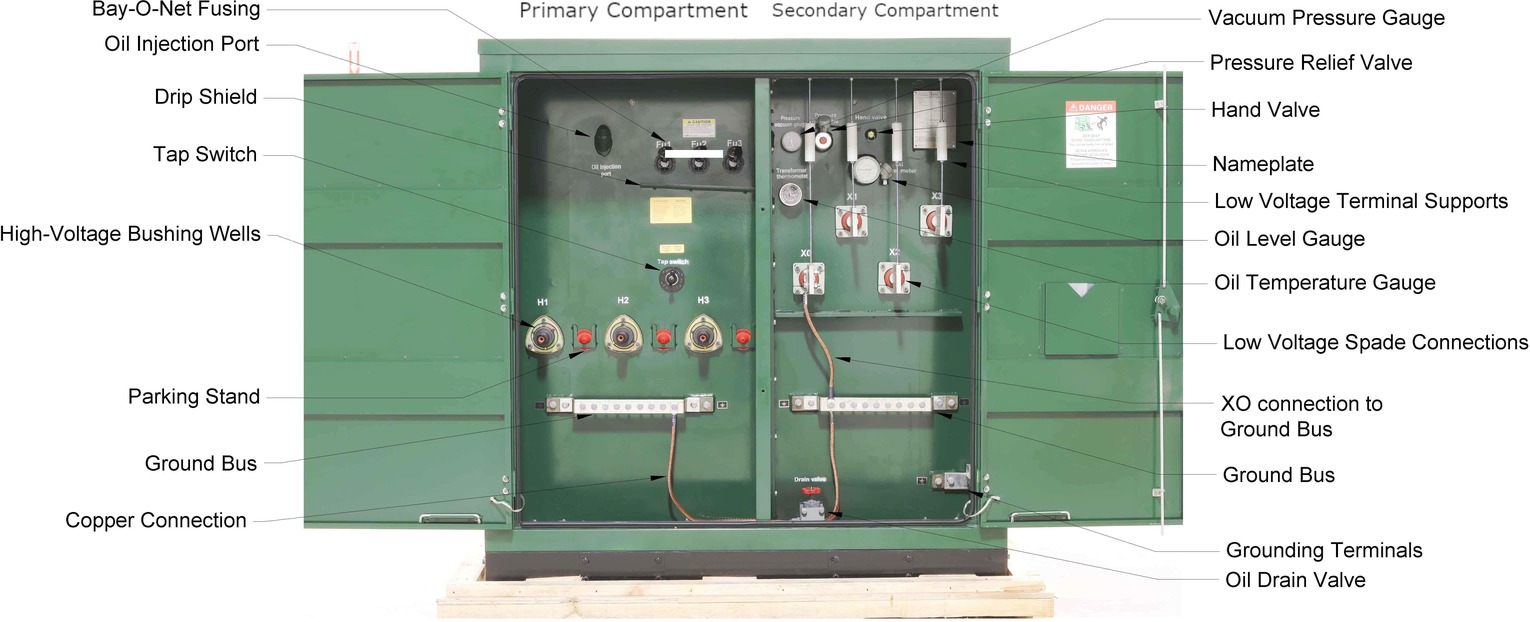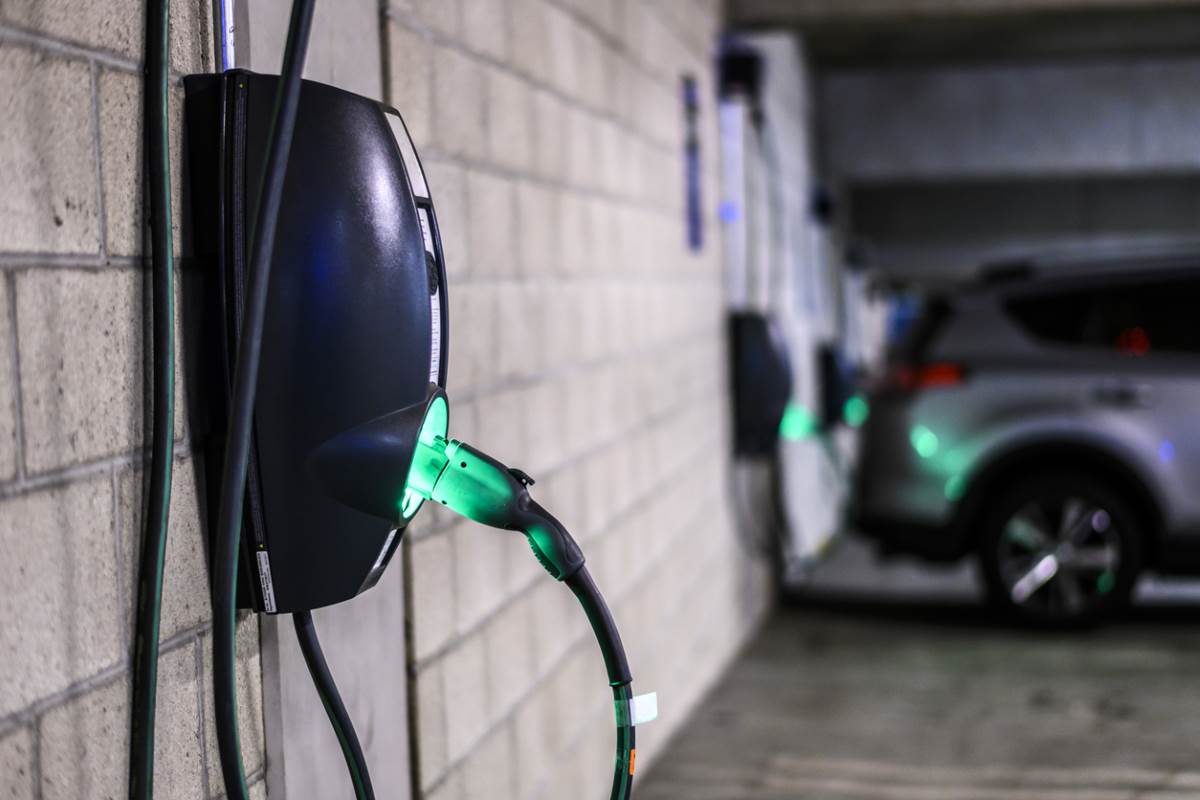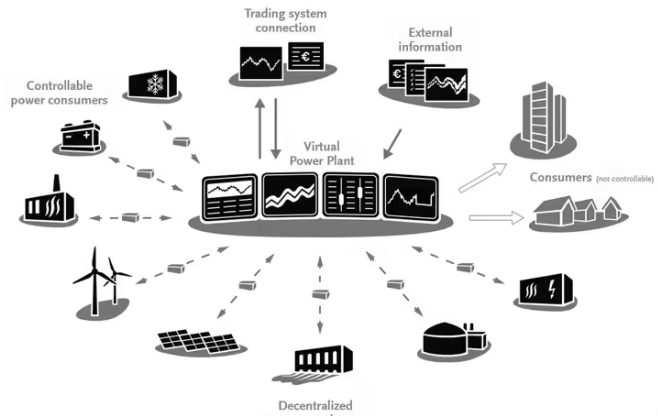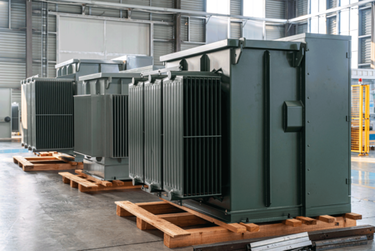In an era where the world is grappling with the dual challenges of climate change and the need for sustainable energy solutions, a quiet revolution is taking place in the infrastructure that powers our daily lives. At the heart of this transformation are pad mounted transformers—ground-mounted, enclosed electrical devices that are becoming increasingly vital in modernizing power grids. While often overlooked, these transformers play a crucial role in integrating renewable energy, supporting the rise of electric vehicles (EVs), and enhancing the resilience of electrical systems against natural disasters. This article explores the significance of pad mounted transformers in today’s energy landscape, highlighting their functions, benefits, and the innovations driving their evolution.
What Are Pad Mounted Transformers?
Pad mounted transformers are a type of distribution transformer installed on a concrete pad and enclosed in a locked, tamper-resistant steel cabinet. Unlike traditional pole-mounted transformers, which are elevated on utility poles, pad mounted transformers are connected to underground power distribution lines. They serve a critical function: stepping down high-voltage electricity from the grid to lower, usable levels for residential, commercial, and industrial applications.
Typically used in urban and suburban areas, these transformers are designed to blend into their surroundings, offering a more aesthetically pleasing alternative to overhead systems while ensuring safety in densely populated regions. Their compact design and secure enclosures make them ideal for locations where space is limited and public safety is a priority.
Enabling the Integration of Renewable Energy
As the world shifts toward renewable energy sources like solar and wind, the role of pad mounted transformers has become increasingly important. These transformers are essential for managing the variable output from renewable energy systems and ensuring stable power delivery to the grid. For instance, in solar farms or wind installations, pad mounted transformers step down the voltage generated by these sources, making it compatible with the broader distribution network.
Their ability to handle fluctuating power inputs is crucial for maintaining grid stability, especially as renewable energy penetration grows. Moreover, pad mounted transformers are often equipped with advanced monitoring systems that allow operators to track performance in real-time, helping to optimize energy distribution and reduce losses. With global investments in renewable energy surging—such as the International Energy Agency’s report of a record 510 gigawatts of renewable capacity added in 2023—these transformers are proving indispensable in the transition to a greener future.
Powering the Electric Vehicle Revolution
The rapid adoption of electric vehicles is placing new demands on power distribution systems, particularly in urban areas where EV charging infrastructure is expanding. Pad mounted transformers are uniquely positioned to support this growth due to their compact design and ability to be installed in space-constrained environments. They provide the necessary voltage reduction for EV charging stations, ensuring that high-voltage electricity from the grid is safely converted for use in charging vehicles.
As cities and suburbs invest in public and private charging networks—spurred by initiatives like the U.S. Inflation Reduction Act’s incentives for EV adoption—pad mounted transformers are becoming a linchpin in the infrastructure that enables this shift. Their reliability and efficiency are critical for meeting the increasing power demands of this burgeoning sector, making them a key enabler of the global push toward sustainable transportation.
Enhancing Grid Resilience Against Natural Disasters
In recent years, natural disasters such as hurricanes, wildfires, and winter storms have exposed the vulnerabilities of traditional overhead power lines. Pad mounted transformers, as part of underground distribution systems, offer a potential solution for enhancing grid resilience. While not immune to all types of natural events—such as flooding—underground systems are generally less susceptible to damage from high winds, falling trees, and ice storms.
For example, during the 2021 Texas winter storm, which caused widespread power outages due to frozen equipment and downed lines, underground systems with pad mounted transformers might have provided a more robust alternative, though challenges like water ingress remain a concern. A diversified grid that incorporates both overhead and underground components, including pad mounted transformers, can significantly improve overall resilience by reducing the risk of widespread outages. As extreme weather events become more frequent due to climate change, this resilience is more critical than ever.
Innovations Driving the Future of Pad Mounted Transformers

The pad mounted transformer industry is evolving with technological advancements aimed at improving efficiency, safety, and sustainability. One notable innovation is the integration of smart monitoring systems, which allow for real-time data collection on transformer performance. These systems can detect potential issues before they lead to failures, reducing downtime and maintenance costs.
Additionally, there is a growing focus on eco-friendly designs, such as transformers that use biodegradable insulating fluids instead of traditional mineral oil, reducing environmental impact in the event of a leak. Advances in materials and manufacturing processes are also leading to more compact and efficient designs, further enhancing the appeal of pad mounted transformers in modern power systems. These innovations align with the global trend toward smart grid technology, where intelligent infrastructure is key to optimizing energy distribution.
Conclusion
As the world moves toward a more sustainable and resilient energy future, pad mounted transformers are emerging as unsung heroes in the modernization of power grids. Their ability to integrate renewable energy, support the growth of electric vehicles, and enhance grid resilience makes them indispensable in today’s energy landscape. With ongoing innovations in smart technology and eco-friendly designs, these transformers are poised to play an even greater role in the years to come.
As we continue to navigate the challenges of climate change and the need for reliable power, the importance of pad mounted transformers will only grow, quietly ensuring that our electrical systems remain robust, efficient, and ready for the future. Whether it’s powering the next solar farm, charging the latest electric vehicle, or keeping the lights on during a storm, these humble devices are proving that even the smallest components can have a big impact on the world’s energy transformation.
 Address: Room 2103, Block A, Jiaqiao International Plaza, Baohe District, Hefei City, Anhui Province, China
Address: Room 2103, Block A, Jiaqiao International Plaza, Baohe District, Hefei City, Anhui Province, China Phone: +86 0551-65879669
Phone: +86 0551-65879669 Email: wong@anhuigreenenergy.com
Email: wong@anhuigreenenergy.com WhatsApp: +86-18655171905
WhatsApp: +86-18655171905 Wechat: +86-18156032228
Wechat: +86-18156032228




